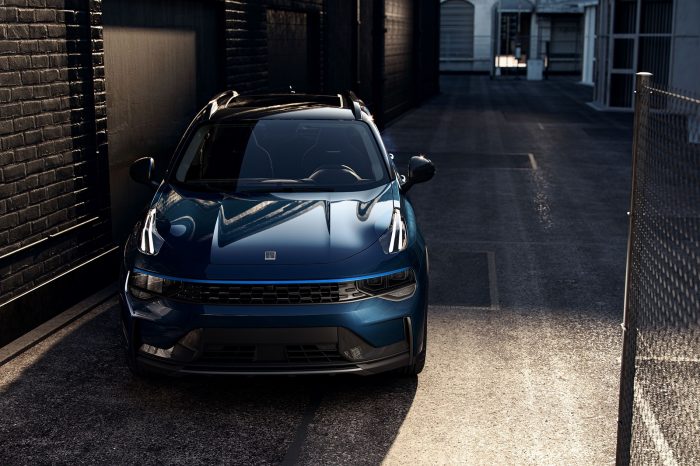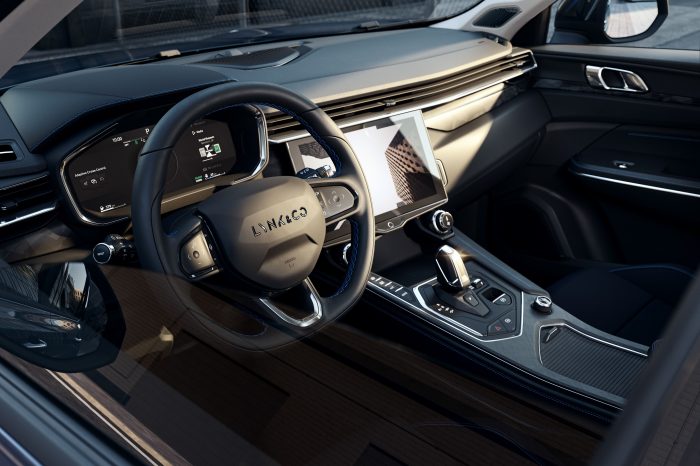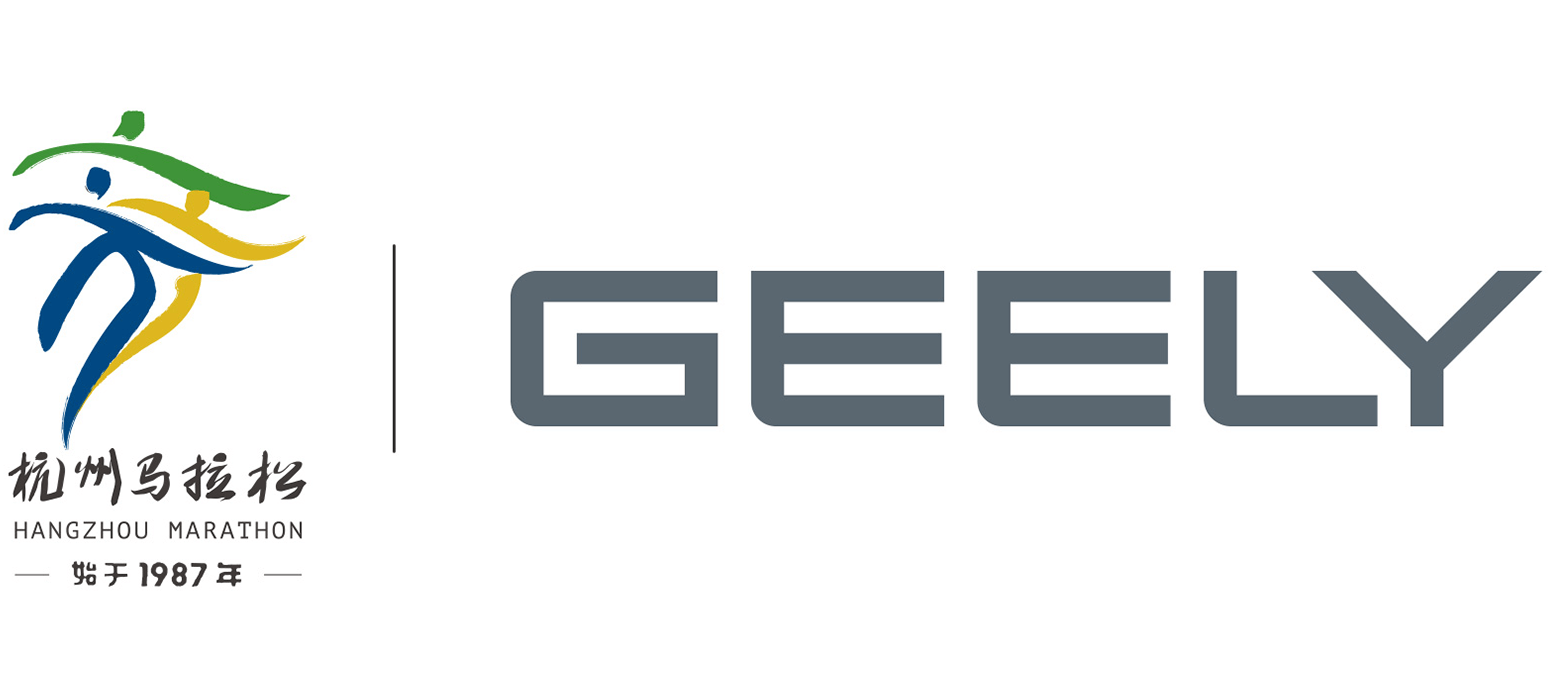Safety has always been a strong part of Geely’s DNA. Whenever our cars enter new markets, they comply with local safety regulations and score the highest rating with the region’s NCAP. Recently, the Lynk & Co 01 scored a perfect five-stars from the Euro-NCAP, a great start for the brand’s European debut. Stefan Olsén, Expert in Attribute Safety, who led this effort at CEVT, tells us more about the process.
One of the challenges faced by a global automotive manufacturer is that the exact same car cannot be sold anywhere in the globe – factors such as right-hand-drive vs left-hand drive, driver habits and expectations, as well as climate and altitude all need to be considered, on top of the homologation process required by local authorities. These would usually lead to adjustments being made to the original model when they’re introduced to new markets.
Why is an NCAP rating important?
Another optional element to consider is the safety requirements laid out by the region’s New Car Assessment Program or NCAP. It serves to inform customers how well the car performs in the relevant consumer safety assessment – a five-star rating means the car is a top performer.
When Lynk & Co entered Europe earlier this year with the 01, Stefan and his team at CEVT (China-Europe Vehicle Technology) were presented with a set of challenges to ensure that it scores nothing less than a five-star rating with Euro-NCAP. This was imperative, considering it was the brand’s introduction into the continent.
Getting a five-star rating also opens doors to a host of corporate clientele. Most large European organisations stipulate that only a Euro-NCAP five-star-rated car can be chosen as company car, alongside other requirements like the use of a new energy vehicle. With its five stars and hybrid technology, the Lynk & Co 01 makes for a perfect fit.

Stefan Olsén, Expert on Attribute Safety at CEVT

The Lynk & Co 01 was released in Europe this year with revised styling
Achieving the perfect score
According to Stefan, the Euro-NCAP has some of the most stringent requirements and is very influential to the other NCAPs, such as C-NCAP (China) and ASEAN-NCAP (Southeast Asia). This works in Geely’s favour as it allows its engineers from China to constantly learn from their European colleagues on what has been applied over there and then re-apply them back home before they are even introduced by C-NCAP. This is one reason Geely’s cars are some of the safest cars around.
To comply with these strict protocols, Stefan and team had to make several adjustments to the 01’s original safety features. This included optimising the front bumper system to absorb more energy during a frontal impact, adding a seatbelt reminder with occupant detection in all seating positions, an advanced e-call system to alert a call centre to send in a rescue team, along with rescue cards that highlight the location of critical functions, such as high voltage cables, fuel systems and reinforced areas in case the car needs to be cut open to free its occupants.
Other improvements included improving the head restraints on the front and rear seats to further limit whiplash and an overall upgrade to the Advanced Driver-Assistance System (ADAS). The sunroof glass was changed from tempered glass to laminated glass to hold everything in one piece and prevent glass from raining down on passengers in the event of an accident. The 01’s theft protection feature was improved as well, with latch protection that prevents outside access via a pin and a special cover over the engine control module in case anyone attempts to steal it.

Lynk & Co 01’s safety features were further improved to attain a perfect five-star rating with Euro-NCAP

Safety improvements will first be made digitally to evaluate its effectiveness
Another interesting addition to the new 01 is the far side airbag. A new protocol introduced by Euro-NCAP in 2020, this airbag inflates between the driver and front passenger. After hitting the curtain airbag during a side pole collision, the bouncing effect will cause the two heads to collide, and the far side airbag acts as barrier to prevent that. Even if the driver is alone, it protects the driver from any intrusion from the front passenger side. For this feature, Stefan said his team started with absolutely zero and that the 01 is one of the first cars in the market to have it.
The 01 also underwent several styling changes for Europe (incorporated into the all-new 01 released in China in late 2021) that prompted the team to make further safety improvements to the car. It was a race against time as the styling department completed their part close to release, giving Stefan and team a short amount of time to complete theirs. In the end, the safety components for each design change were thoroughly looked into and earned the car its well-deserved five-stars.
How the far-side airbags inflate and protect
Safety in our genes
Volvo has long been synonymous with safety, especially since its invention of the three-point safety belt way back in 1959. With many members of the CEVT safety team originating from Volvo and the close proximity between Volvo and Lynk & Co, Stefan is assured that Volvo’s safety DNA will continue to flow within Lynk & Co.
As Lynk & Co continues to enter new markets, like the Middle East and other parts of Asia, its safety features will continue to evolve. It is never about contrasting cars to their older counterparts but more about how we can learn from new markets and use that knowledge to improve on the safety of all future cars under the Group.
To keep up to date with everything happening in Geely Group, sign up to our newsletter.


